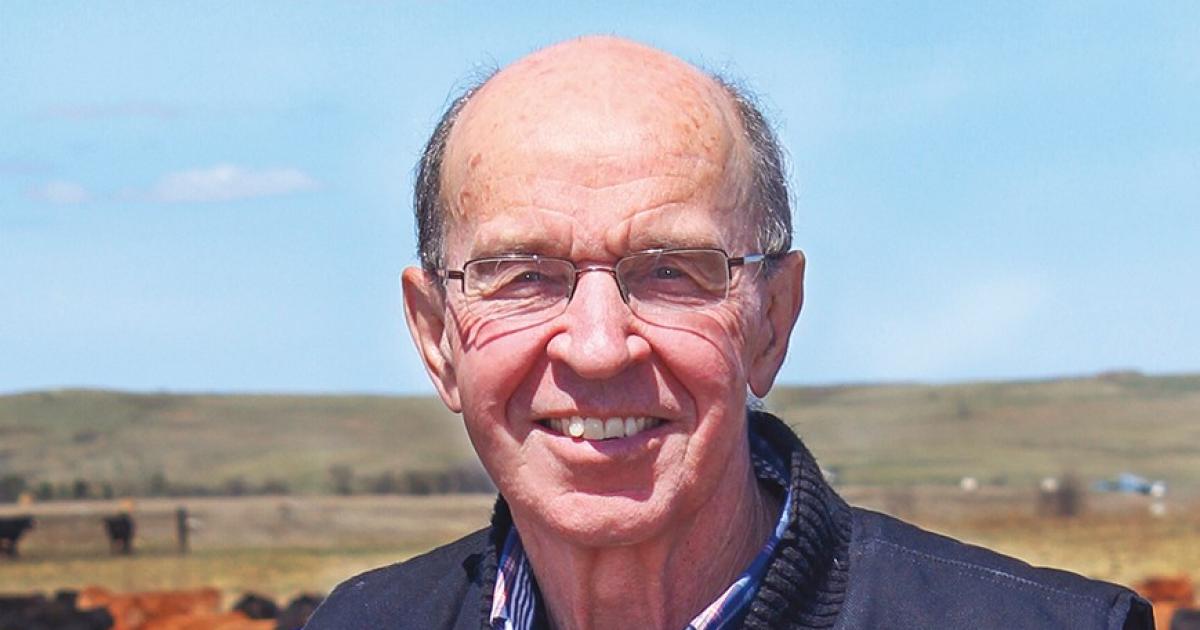Al Gustin
As difficult as this past winter has been, many would argue the winter of 1996-97 was worse. On Jan. 31, 1997, some of the state’s political leaders brought an undersecretary of agriculture to a North Dakota ranch, so he could see firsthand the severity of the situation and offer whatever assistance he could.
The 1950 World Book Encyclopedia, the one my folks bought for us to learn from, includes a 16-page entry on North Dakota. There are pictures, charts and drawings and two maps. One is a “land use” map with little symbols depicting the principal products produced in different parts of the state.
The map has two ears of corn in the southeast corner. Heads of wheat and dairy cows are located in quite a few counties. Beef cows are found in much of western North Dakota, hogs in the southeastern part of the state and symbols for potatoes and sugar beets in the Red River Valley.
The headline was impressive. Agriculture’s contribution to North Dakota’s economy totaled $30.8 billion, according to a study done by North Dakota State University, which looked at the years 2018 through 2020. What the headline didn’t say was livestock income accounted for just $2.6 billion, a figure many would consider disappointingly small.
I’ve written before about Harvest Bowl, North Dakota State University’s (NDSU) annual celebration of agriculture and athletics. It’s always reassuring and reaffirming to hear NDSU star athletes talk about how being raised on a farm or ranch taught them responsibility, dedication and the value of hard work.
At a trade show last spring, I asked a soybean industry official, “What is the most exciting thing happening in your world these days?” Without hesitation, he said, “Renewable diesel.” He went on to explain there were two soybean processing plants planned for North Dakota, and at least some soybean oil from those plants would be converted to renewable diesel at a refinery near Dickinson. The renewable diesel, he said, would then be shipped to states like California.


















